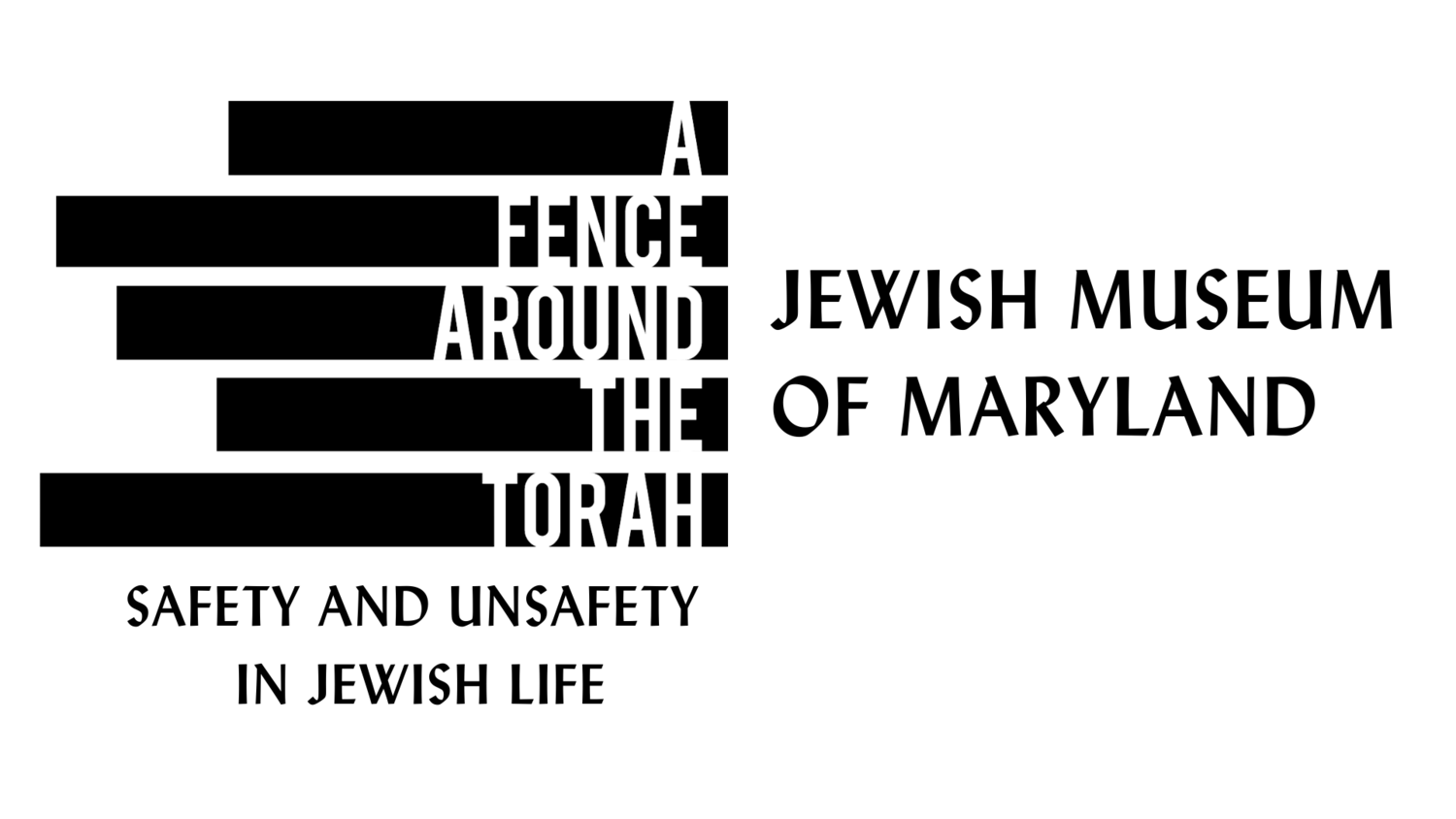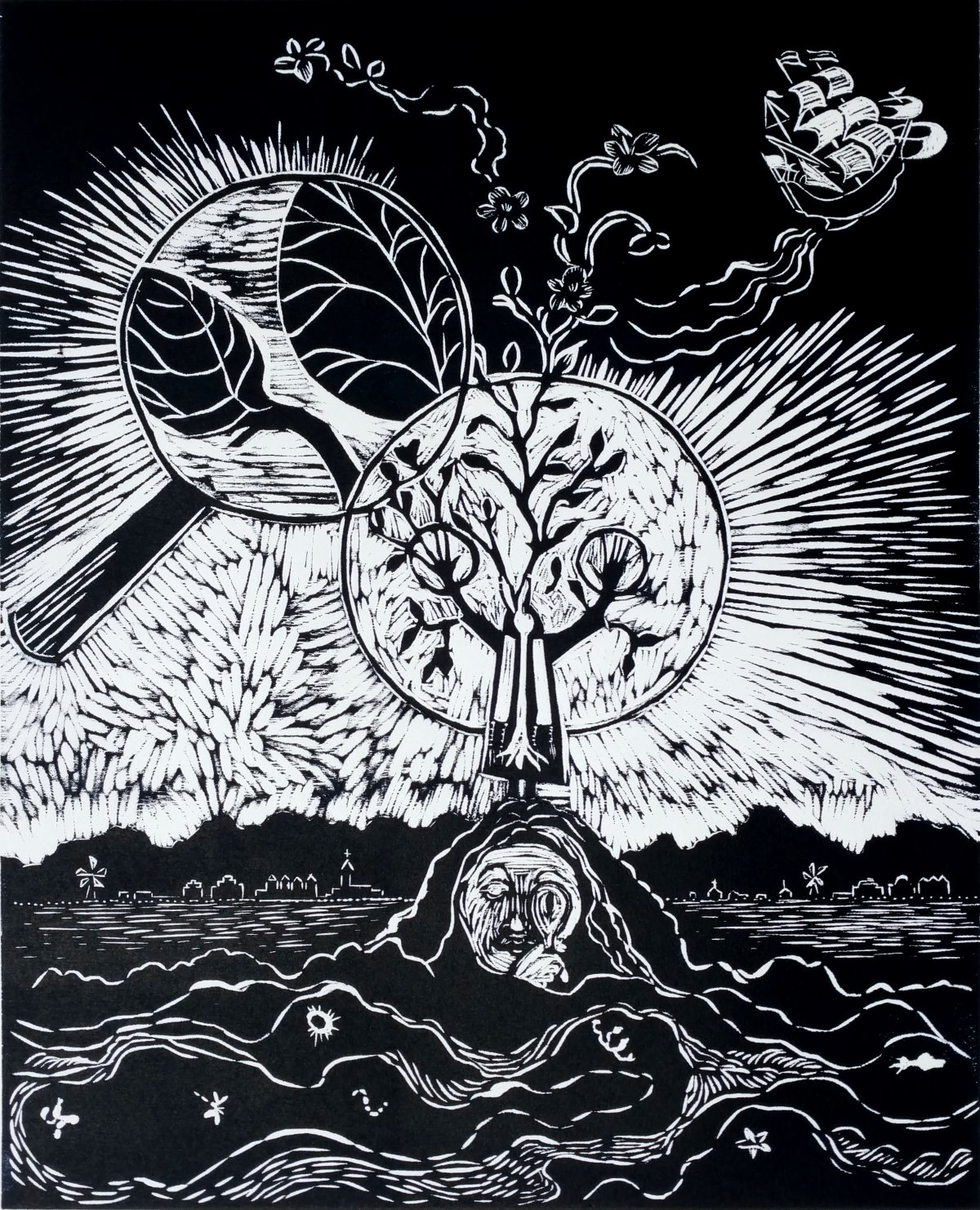
dissent
Judith JosepH
Judith Joseph, A Rose Among Thorns: Herem, Hand-pulled woodblock print
Judith Joseph, Vision Of Spinoza, Hand-pulled woodblock print, 2018
Judith Joseph, Spinoza And Van Leeuwenhoek, Hand-pulled woodblock print
Curatorial statement by Justin Fair
Joseph’s prints explore the harsh inner workings of the soul, questioning the mind’s ability to comprehend what is revealed. Outside of oneself, if you say what you believe, will your community--your family, accept you for saying what you think and believe? Spinoza And Van Leeuwenhoek reimagines the courage needed to pose a challenging question as mighty and strong, yet dangerous. As brilliant as light and as mysterious as the dark, Joseph casts philosopher Baruch Spinoza's critical thinking as illuminating and enlightening, but it comes at a cost. Joseph's use of the magnifying glass upon the leaves of the tree emphasizes the Jewish people's desire to question as magnetic, and as predictable as the sun and the moon. Yet one must ask, if Spinoza's teachers were willing to deem their student's questions as heretical, and perhaps silence his voice and his desire to interact with non-Jews, then were they truly interested in sight, or were they only invested in gatekeeping?
Artist Statement
The series of Spinoza woodcuts was created for a series of exhibitions in Amsterdam in 2019, which celebrated the life and work of Jewish philosopher Baruch Spinoza.
Spinoza challenged the “fence around the Torah” in numerous ways. His intellectual brilliance was recognized from childhood on, but the challenging questions he posed to his teachers were perceived as heretical. Spinoza And Van Leeuwenhoek is about crossing the line which divided Jews from non-Jews intellectually and culturally. Spinoza read the works by the great thinkers of his day and carried on correspondence with them, influencing them, as well. Vision Of Spinoza expresses his unbounded curiosity, which soared above the confines of his community. A Rose Among Thorns is a pun on his name (derived from “espino,” which means “thorny”). Here, I imagine Spinoza as an explorer, sailing like a ship of discovery above his co-religionists, who stand in the dark.


